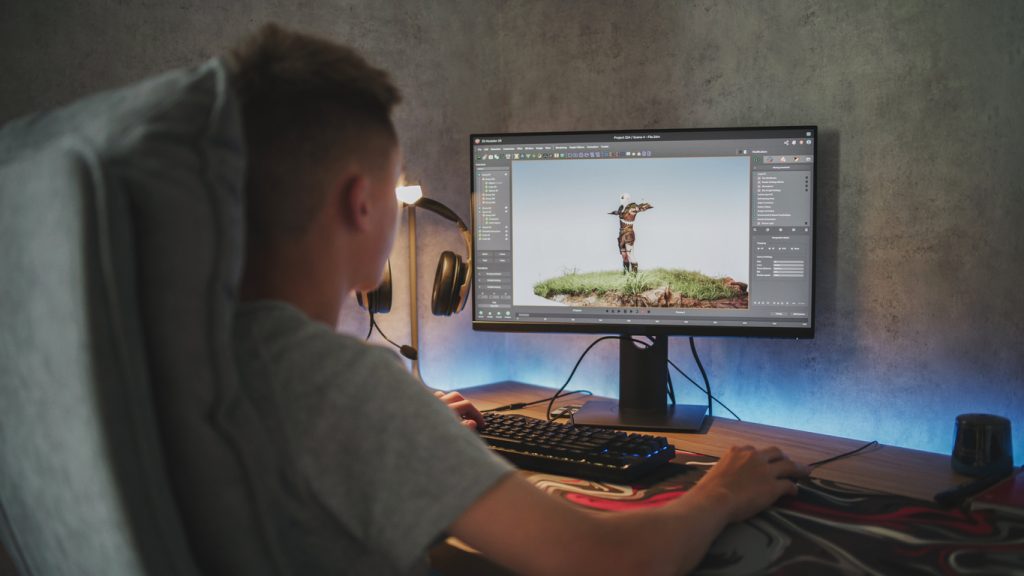Zach Mulligan, the founder of ZOPStudios, has a notable background in animation, having worked on high-profile films including The Bad Guys, Aquaman and the Lost Kingdom, and The Flash. However, one of his early dreams, the project New Venice, remained unfinished since his college days due to technological limitations at the time. Originally envisioned as a traditional 3D animation, Zach struggled with slow hardware that hindered his ability to make real-time adjustments and collaborate effectively with peers using different software.
Returning to New Venice: Transitioning to VR
After years in the industry and improved skills, Zach decided to resurrect New Venice as an interactive VR experience. To achieve this, he required advanced real-time rendering capabilities, high-resolution assets, and a collaborative workflow that his previous setup could not support. His transition began with the acquisition of a Dell Precision 3680 Tower, equipped with an NVIDIA RTX 6000 Ada GPU and integrated with the NVIDIA Omniverse platform, which has significantly transformed his production pipeline.
Rendering Efficiency: A Game Changer
Initially, Zach faced lengthy rendering times, with previews taking over 90 seconds per frame, severely impacting his workflow. The upgrade to the NVIDIA RTX 6000 Ada drastically reduced rendering times to just four seconds per frame. This remarkable improvement means that a test animation sequence that once required 12.5 hours for 500 renders can now be completed in just 33 minutes, allowing for a more fluid and rapid iteration process where creative changes can be made promptly.
Streamlined Collaboration with NVIDIA Omniverse
Collaboration among artists posed significant challenges prior to the adoption of NVIDIA Omniverse. Different software environments caused delays due to file conversion requirements, which could consume hours and often introduced errors. However, with Omniverse, artists can work in their preferred tools—such as Maya, Blender, or Unreal Engine—with their updates syncing automatically, thus eliminating the need for cumbersome file transfers and ensuring seamless cooperation across disciplines.
Establishing a VR-Ready Pipeline
New Venice is heavily inspired by the aesthetics of German Expressionism, film noir, and early cinema, merging classic storytelling techniques with cutting-edge production methods. Zach notes the parallels between early 20th-century filmmaking and the current state of VR, where creators are still exploring the potential of this medium. Achieving high-quality VR storytelling necessitates a robust pipeline capable of handling real-time performance, dynamic elements, and high-fidelity textures, supported by the NVIDIA RTX 6000’s substantial VRAM and processing power.
Transforming Independent Animation
Zach Mulligan has transcended previous hardware constraints with the combination of the Dell Precision 3680 Tower and NVIDIA RTX 6000 Ada GPU. This powerful setup has enabled him to cut render times significantly and refine his animations without distraction. The advancements have revolutionized his creative approach, allowing real-time changes rather than waiting for processing delays. With NVIDIA Omniverse facilitating collaboration across various software platforms, Zach’s focus remains on creativity rather than technical limitations.
As New Venice approaches completion, the tools and pipeline Zach has developed signify a shift in independent animation capabilities, proving that high-quality production can be achieved outside major studios. For updates on New Venice and ZOPStudios, visit their official website. Explore Dell Pro Max PCs powered with NVIDIA RTX PRO GPUs for enhanced performance and efficiency in creative workflows.

